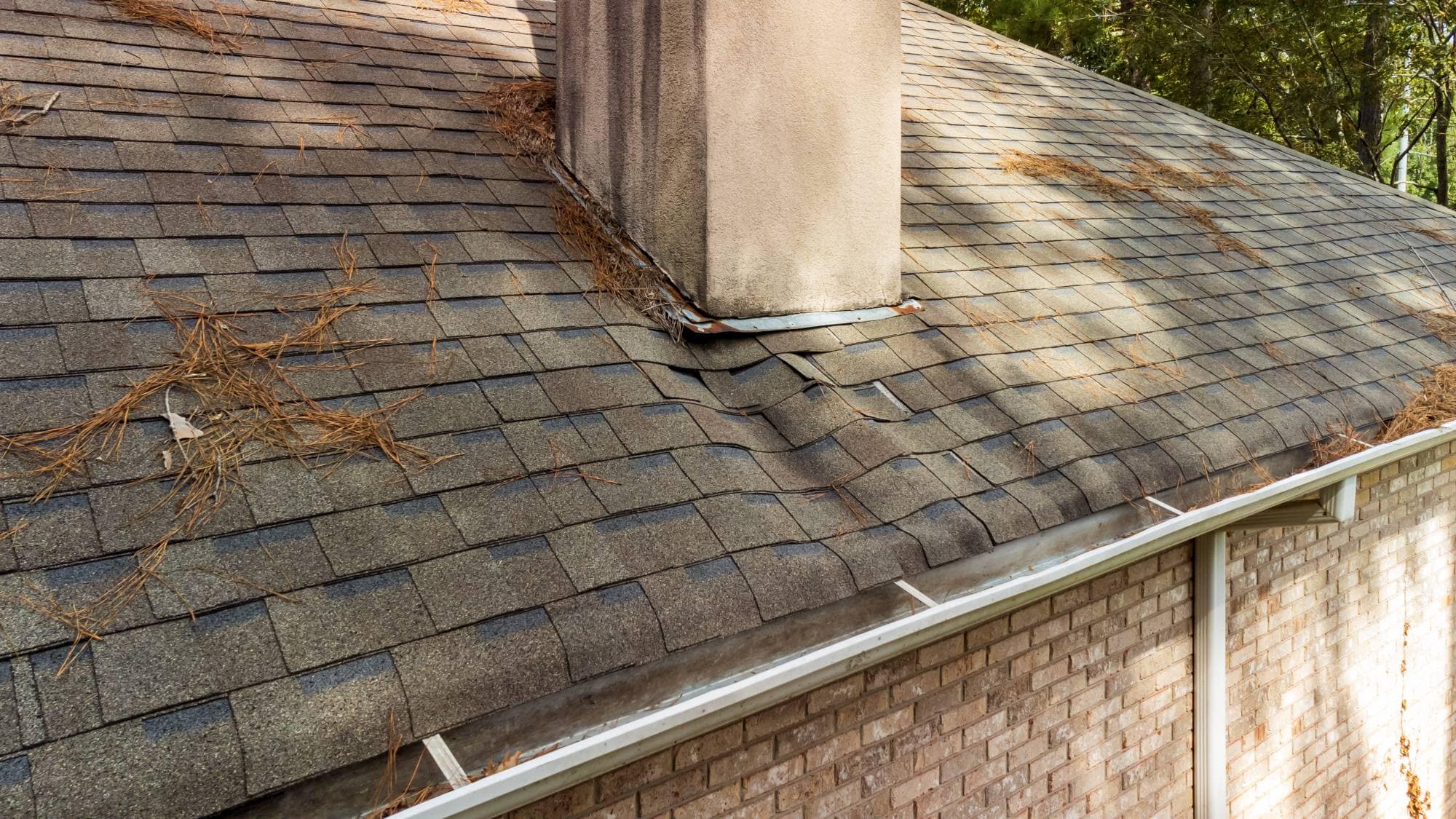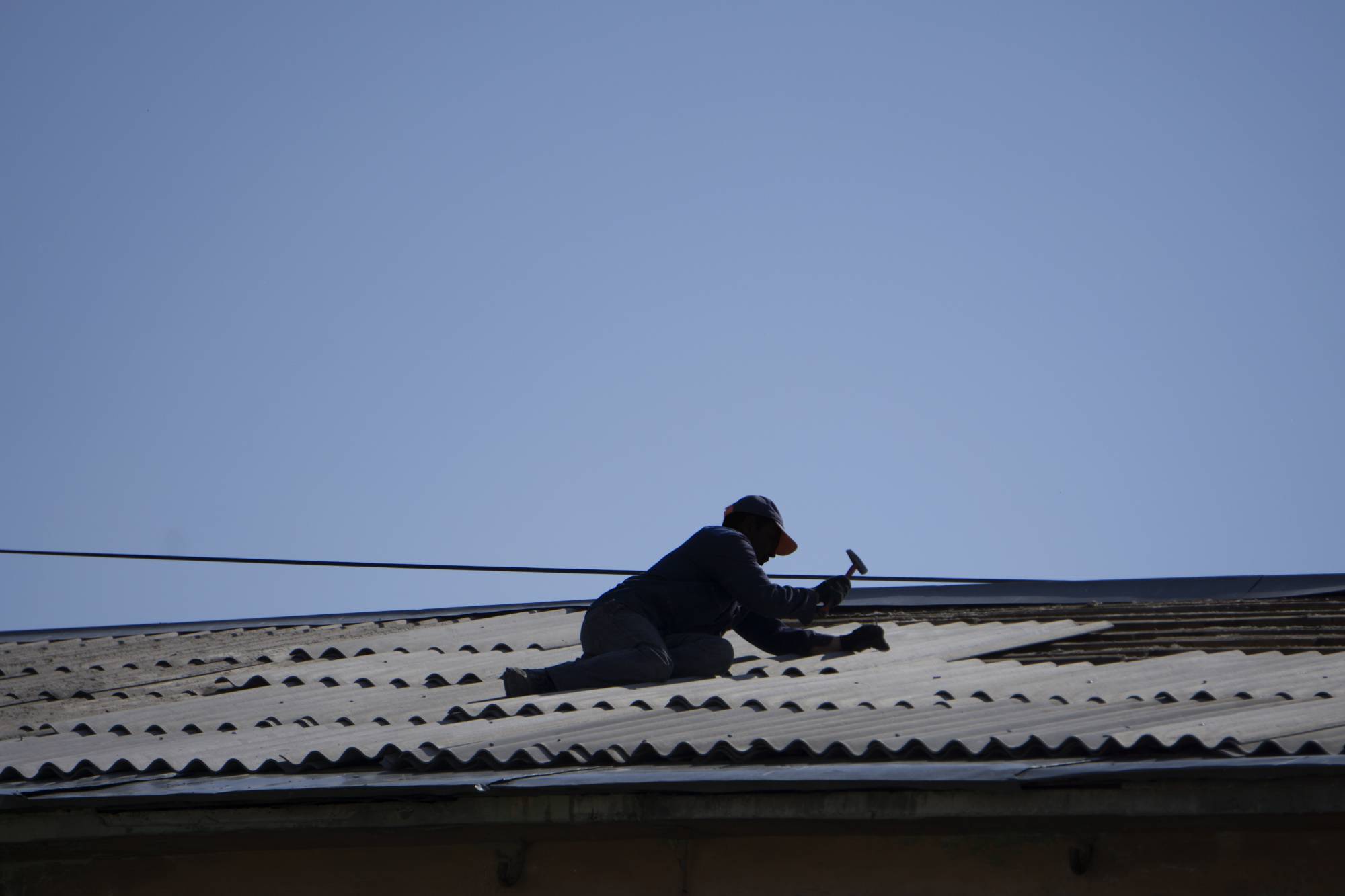Professional chimney leak repair that actually works—protecting your home from costly water damage and structural problems.

Hear from Our Customers

When your chimney leak is properly fixed, you get peace of mind knowing water isn’t slowly destroying your home from the inside out. No more water stains creeping down your walls. No more damp smells or mold concerns. No more lying awake during storms wondering if this is the night your ceiling gives way.
You get a chimney that actually keeps water where it belongs—outside. Your fireplace becomes a source of warmth and comfort again, not a source of stress and expensive repair bills.
The structural damage stops. Your home’s value stays protected. And you can finally stop worrying about what’s happening inside your walls every time it rains.
Above and Beyond Chimney has been solving chimney problems in Providence County for over 25 years. We understand exactly how Rhode Island’s freeze-thaw cycles crack mortar joints and how coastal moisture affects your chimney’s brickwork.
We’re not the guys who show up, slap some caulk around your flashing, and call it fixed. We’re the company that finds the real source of your leak—whether it’s damaged flashing, deteriorated mortar, missing chimney caps, or porous brickwork—and fixes it right the first time.
Our technicians are CSIA-certified and trained to handle everything from simple flashing repairs to complete waterproofing systems. When we leave your property, your chimney leak is actually fixed, not just temporarily patched.

First, we conduct a thorough inspection to pinpoint exactly where water is getting in. We check your flashing, examine the chimney crown, assess the mortar joints, and test the brickwork. No guesswork—we find the real problem.
Next, we address each issue with the right solution. If your flashing is compromised, we install new high-grade materials that resist corrosion and create a watertight seal. If water is soaking through the bricks themselves, we apply breathable sealants that block water while letting trapped moisture escape.
Finally, we test our work and clean up completely. You get a detailed explanation of what we found, what we fixed, and how to prevent future problems. Most importantly, you get a chimney that actually keeps water out.

Ready to get started?
Our chimney leak repair service covers everything needed to stop water intrusion permanently. We repair or replace damaged flashing around your chimney base, fix cracked or missing mortar joints, install or repair chimney caps and crowns, and apply professional-grade waterproofing when needed.
In Wayland and throughout Providence County, we see the same patterns: winter freeze-thaw cycles crack the mortar, spring rains find every weakness, and summer humidity keeps everything damp. That’s why we use materials specifically designed for Rhode Island’s climate—sealants that won’t crack when temperatures drop and flashing that won’t corrode from coastal moisture.
You get a comprehensive solution, not a quick fix. Our repairs typically cost between $300 and $1,500 depending on the scope, which is a fraction of what you’ll spend if water damage reaches your home’s interior structure.

Local Resources